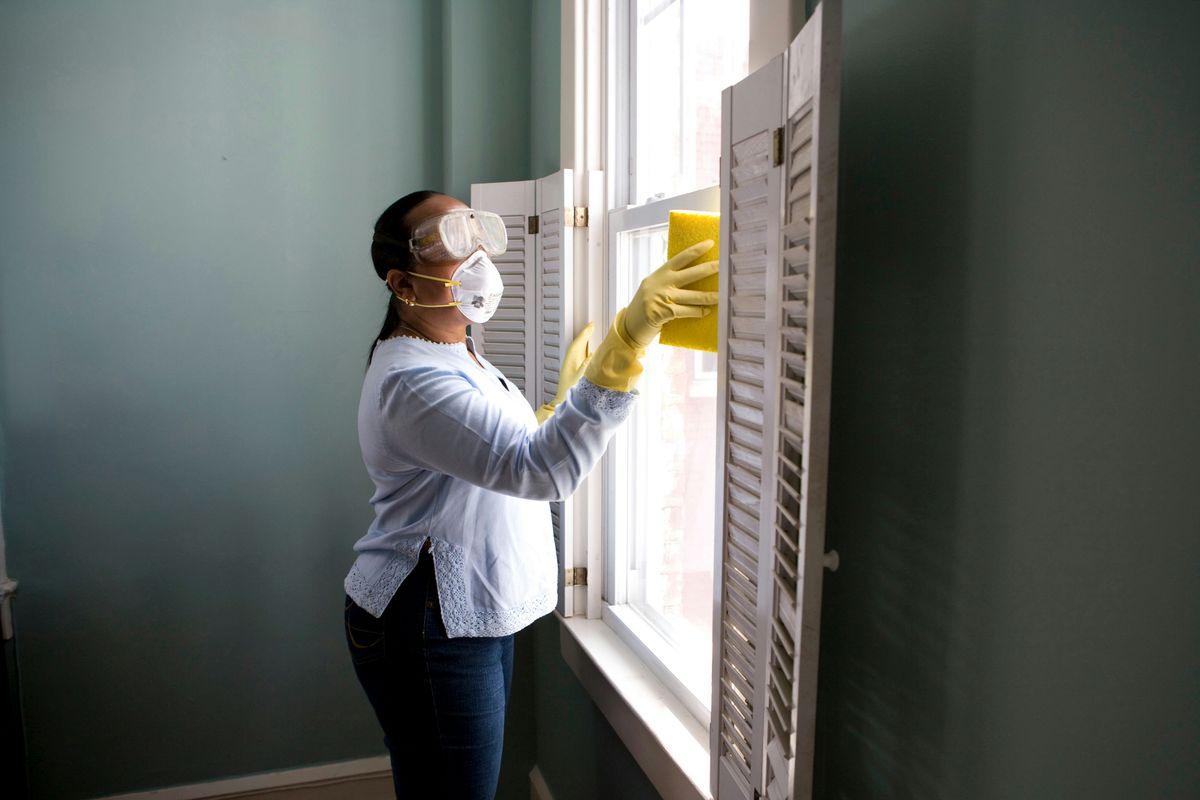Table of Contents
1. Reduce, Reuse, Recycle

The principle of Reduce, Reuse, Recycle is a cornerstone of sustainable living. It’s about making conscious choices to minimize our environmental impact. Start by reducing your consumption, especially of single-use plastics and other disposable items. Opt for products that are designed to last longer and can be used multiple times.
When you do need to purchase something, consider buying second-hand or thrifted items. This not only reduces waste but also cuts down on the emissions associated with producing new materials and disposing of them in landfills.
Recycling is the final step in this eco-friendly triad. It’s crucial to recycle whatever waste you can’t eliminate. Each recycled item means one less in our overflowing landfills and often requires less energy than manufacturing new products. Here’s a simple list to help you remember the basics:
- Buy used items to reduce waste
- Donate unused clothing
- Repair and reuse items
- Support companies with sustainable practices
By integrating these practices into your daily life, you’re contributing to a healthier planet and a more sustainable future.
2. Eco-Friendly Products

Embracing eco-friendly products is a key step towards a greener lifestyle. These products are designed to minimize environmental impact through their production, use, and disposal. Opt for items with recyclable or minimal packaging to further reduce waste.
Biodegradable cleaning products not only protect the environment but also promote a healthier home. Making the switch to these products can be simple with a variety of options available:
- Biodegradable cutlery
- Bamboo picnicware
- Reusable paper towels
- Silicone or stainless steel straws
- Reusable sandwich bags
Ultimately, the goal is to make conscious choices about the products we use and their impact on the environment.
By incorporating eco-friendly products into our daily lives, we can significantly reduce pollution in our homes and waterways. It’s about making informed decisions and shifting our shopping habits to find sustainable alternatives for our everyday needs.
3. Public Transportation

Embracing public transportation is a significant step towards a greener lifestyle. By utilizing buses, trains, or subways, you contribute to reducing traffic congestion and lower emissions. This not only supports the development of sustainable urban transit systems but also helps you save on the ever-increasing gas prices.
Public transportation offers a practical solution for those living in urban areas or when exploring new cities. While it may be challenging for individuals in rural areas with less access, it’s a crucial step for those who can make the switch. Here are some tips to integrate public transportation into your daily routine:
- Use buses, trains, or subways for daily commutes.
- Encourage friends and coworkers to join you in using public transit.
- Explore alternative transportation options like scooters or ride-sharing through apps.
- Plan errands efficiently to minimize car usage.
Choosing public transportation is not just about the immediate benefits. It’s about investing in the future of our cities and the planet.
Remember, every trip made by public transit is a step towards a more sustainable future. Support companies that offer eco-friendly delivery services and consider purchasing carbon offsets for flights or long-distance trips to further mitigate your environmental impact.
4. Sustainable Materials

Choosing sustainable materials for your home and lifestyle is a powerful step towards reducing your environmental footprint. Opt for materials that are renewable, recyclable, and have a lower impact on the planet. For instance, when considering construction or home decor, materials like bamboo, reclaimed wood, and recycled steel are not only eco-friendly but also durable and aesthetically pleasing.
Here are a few sustainable materials to consider:
- Bamboo
- Recycled Steel
- Reclaimed Wood
- Cork
- Straw Bales
- Rammed Earth
Embracing sustainable materials is not just about making eco-conscious choices; it’s also about fostering a lifestyle that values longevity and quality over disposability. By integrating these materials into your life, you contribute to a more sustainable future and often save money in the long run by reducing the need to replace items frequently.
5. Renewable Energy

Switching to renewable energy is a straightforward yet impactful step towards a greener lifestyle. Solar, wind, and hydropower are abundant sources that help reduce our ecological footprint without depleting the Earth’s resources or exacerbating global warming. It’s often as easy as contacting your utility provider to make the switch.
Embracing renewable energy is not only an ecological decision but also a financially smart one over time. Every kilowatt of renewable energy used is one less kilowatt of fossil fuels burned.
Incorporating renewable energy into your home can be done through various means, such as installing solar panels or opting for energy-efficient lighting like LED bulbs. Here are some simple steps to get started:
- Contact your local utility company to switch to a renewable energy provider.
- Explore the installation of solar photovoltaic (PV) systems for electricity.
- Consider solar thermal systems for space and water heating.
- Replace traditional light bulbs with energy-efficient alternatives.
Remember, your purchasing power has a significant impact. By choosing renewable options, you contribute to a demand that drives further innovation and accessibility in the field of sustainable energy.
6. Natural Cleaning Products

Embracing natural cleaning products is not only beneficial for the environment but also for your health. Switching to eco-friendly cleaners can significantly reduce the number of harmful chemicals in your home. You can start by using products with biodegradable ingredients or by making your own cleaning solutions.
One simple recipe to kickstart your DIY cleaning collection is an All-Purpose Cleaner. Combine 1 cup of white vinegar, 2 cups of water, 1/4 cup of liquid castile soap, and 15-20 drops of your favorite essential oils.
Additionally, consider the following tips to enhance your sustainable cleaning routine:
- Refill existing cleaner containers with homemade products to minimize waste.
- Use baking soda for scrubbing and deodorizing tasks.
- Opt for reusable cloths and sponges instead of disposable ones.
- Incorporate essential oils for their natural antibacterial properties and pleasant scents.
7. Solar Panels

Harnessing the power of the sun through the installation of solar panels is a significant step towards a greener lifestyle. Solar panels are an eco-friendly, cost-effective solution to control your energy costs. By converting sunlight into electricity, they reduce reliance on fossil fuels and lower your carbon emissions.
Incorporating solar energy into your home can be done in various ways:
- Install solar photovoltaic (PV) systems to generate electricity.
- Use solar thermal systems for space and water heating.
- Participate in community solar projects if on-site installation isn’t feasible.
While the initial investment may seem daunting, the long-term savings on energy bills and the positive environmental impact make it a worthwhile consideration.
Remember, the efficiency of solar panels can vary based on location and climate conditions. However, with advancements in technology, even areas with less consistent sunlight can benefit from solar energy. It’s essential to research and possibly consult with a professional to determine the best solar solution for your home.
8. Natural Light

Harnessing the power of the sun can significantly enhance your home’s energy efficiency and create a more pleasant living environment. By maximizing the use of natural light, you not only reduce the need for artificial lighting during the day but also gain the mood-boosting and health benefits of sunlight exposure.
- Use light-colored curtains or blinds to reflect sunlight deeper into your rooms.
- Position workspaces and seating areas near windows to take advantage of daylight.
- Consider installing skylights or solar tubes in darker areas of your home.
Embracing natural light is a key aspect of sustainable living. It’s a simple yet effective way to make your home more energy-efficient and improve indoor air quality.
Remember, sustainable living is not just about the big changes; it’s also about the small, everyday decisions that contribute to a healthier home and planet. By integrating natural light into your daily life, you’re taking a step towards a greener lifestyle.
9. Sustainable Practices

Embracing a sustainable lifestyle means integrating a variety of eco-friendly habits into your daily life. Upcycling and recycling are key components, as they help reduce the need for new materials and decrease waste. Crafting your own items can also diminish the demand for mass-produced goods.
Sustainable grocery shopping is a simple yet effective way to contribute to environmental conservation. Opt for reusable bags, buy produce in bulk from local farmer’s markets, and avoid plastic-wrapped items.
Here are some additional practices to consider:
- Saving water by using efficient fixtures
- Choosing electronic devices over paper
- Investing in renewable energy
- Limiting unnecessary heating
- Growing your own food
- Practicing sustainable tourism
By adopting these habits, you not only support the planet but also promote a healthier lifestyle for yourself and your community.
10. Non-Toxic Paints

When renovating or refreshing your home, choosing non-toxic paints is a crucial step towards a greener lifestyle. These paints are free from volatile organic compounds (VOCs), which means they don’t release harmful chemicals into the air as they dry. Not only do they contribute to better indoor air quality, but they are also safer for the environment.
One example of a supplier committed to eco-friendly products is ECOS Paints. They offer a selection of zero VOC paints that are free of harsh fumes, making them a safer alternative for both your family and the planet.
By opting for non-toxic paints, you’re not just beautifying your space—you’re also making a responsible choice for the health of your loved ones and the earth.
Remember, the choices we make in our homes have a wider impact. From the toys we give our children to the cleaning products we use, every decision can contribute to a more sustainable world. Non-toxic paints are just one piece of the puzzle in creating a healthier, more eco-conscious home.


